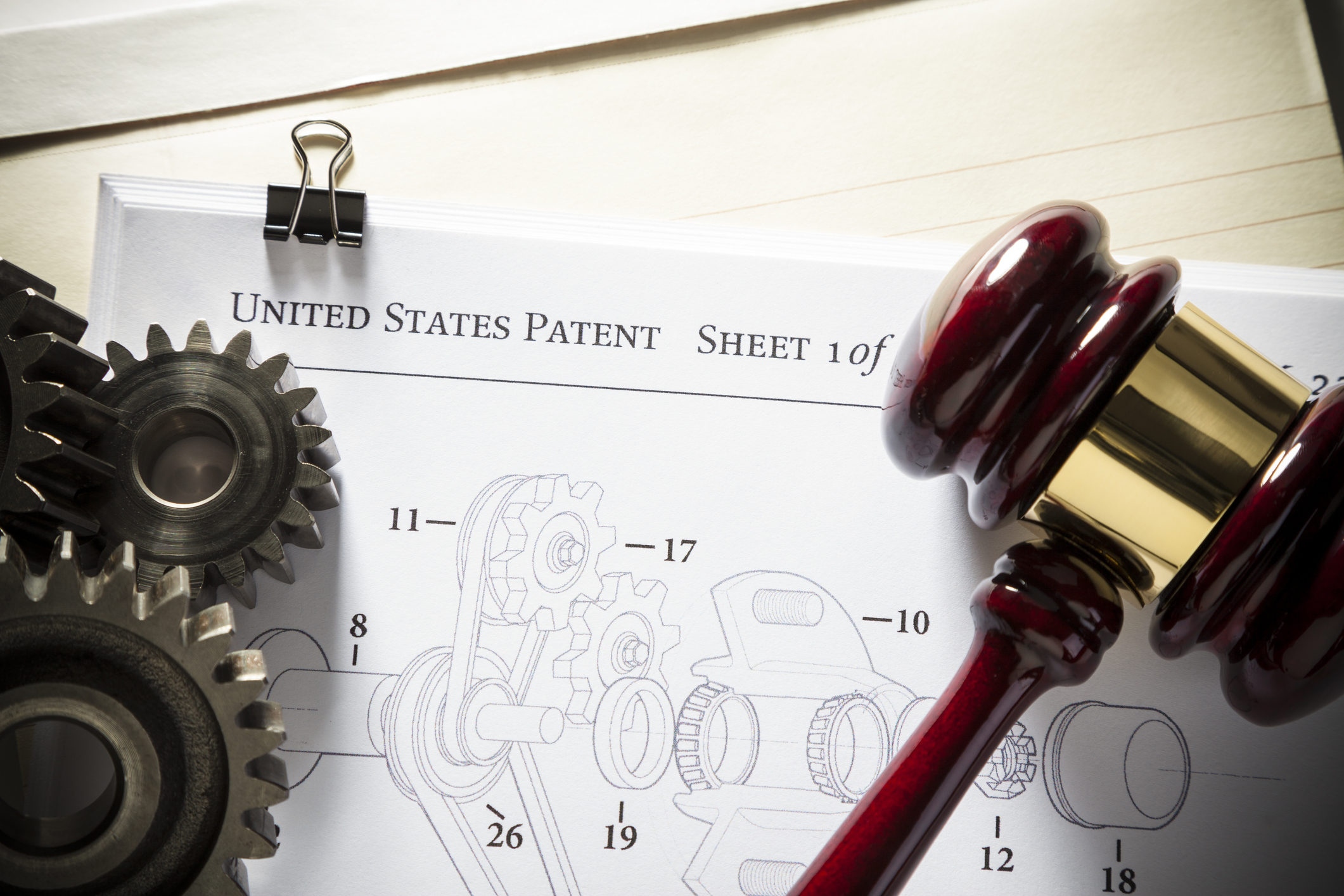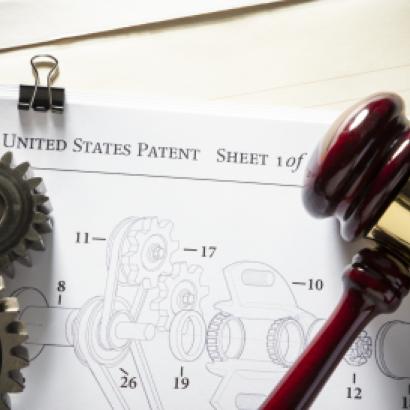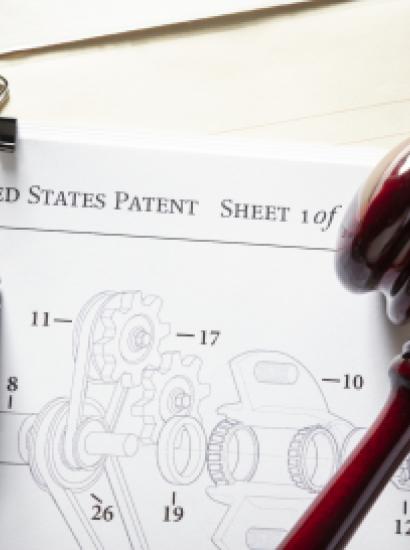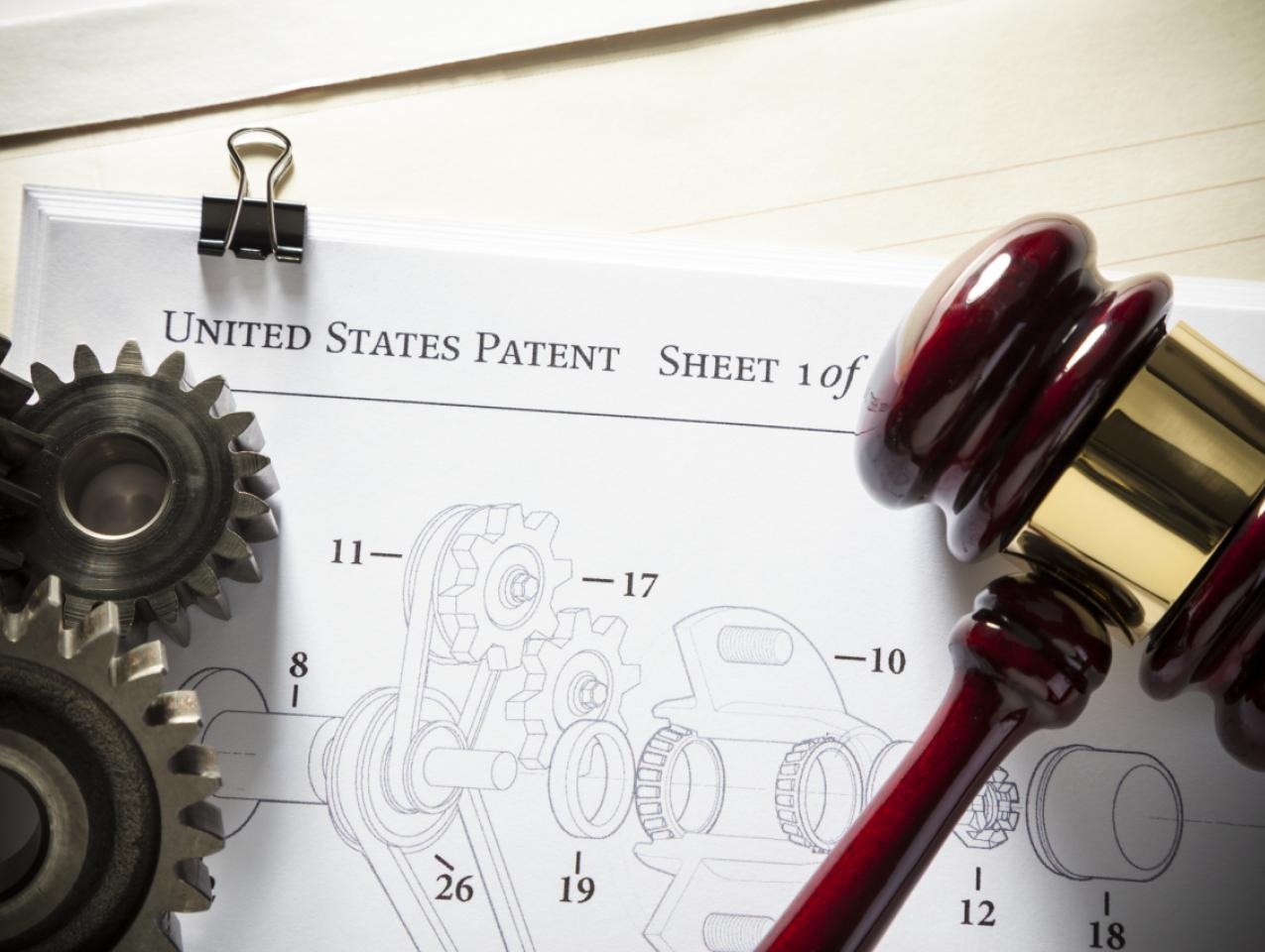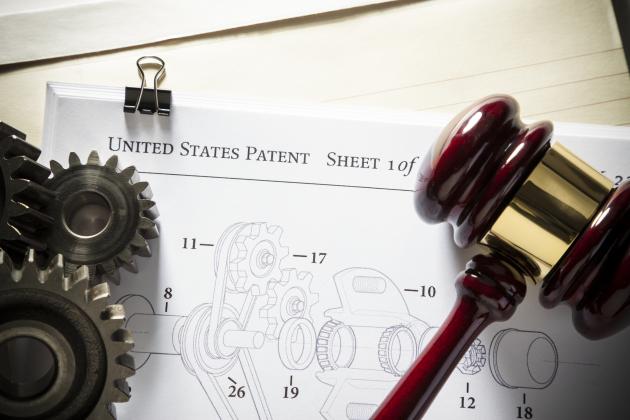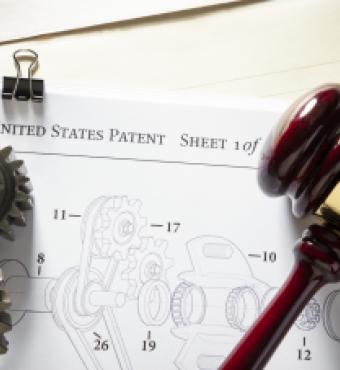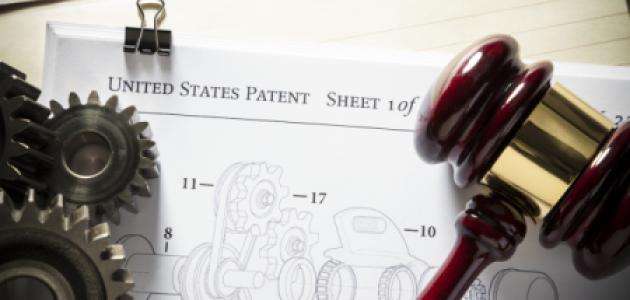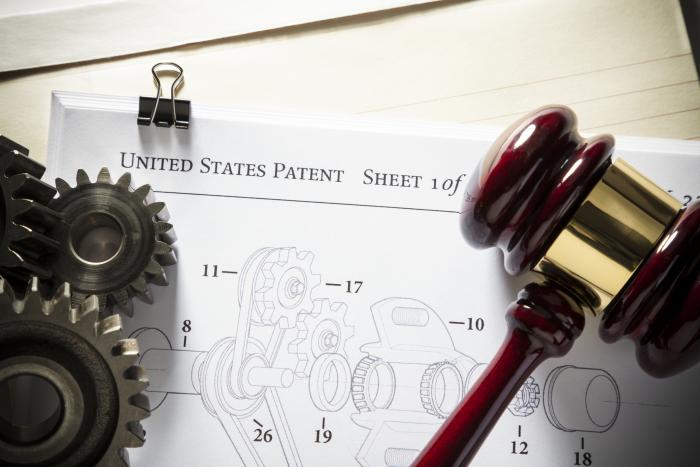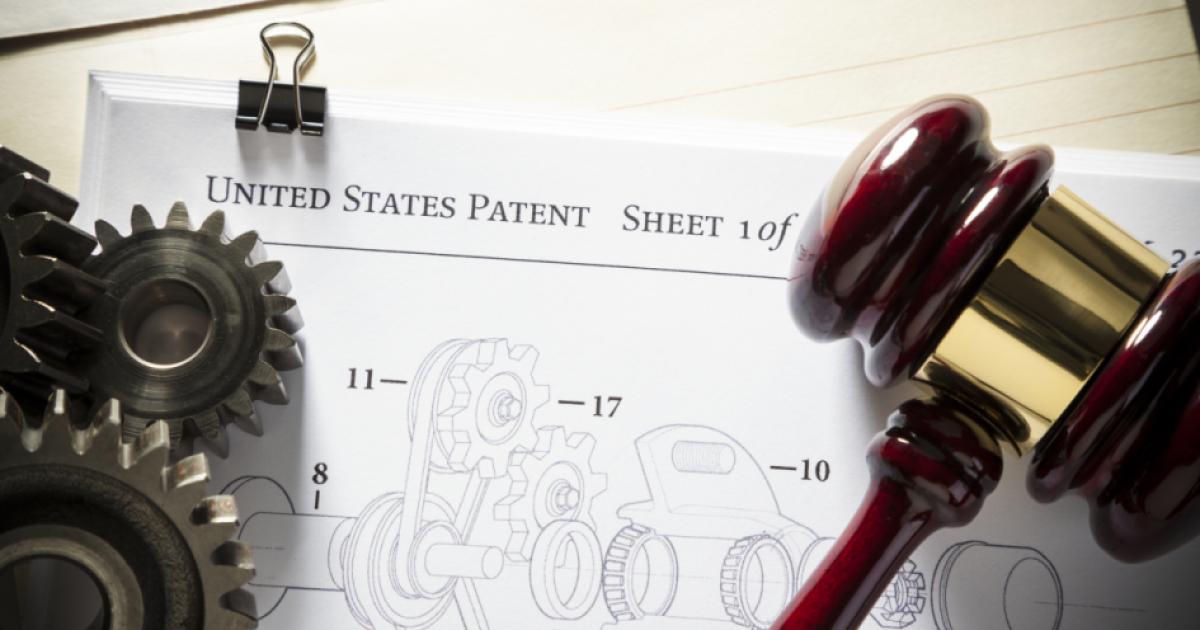Adapted from The Battle over Patents: History and Politics of Innovation, edited by Stephen H. Haber and Naomi R. Lamoreaux (Oxford University Press, 2021).
There are a considerable number of patents issued annually from the Patent Office which are of no force or value except for black-mailing and for interfering with the business of parties competing with their owners.
[These patents] do not cover practical machines, but contain principles upon which other more practical inventors have buil[t], and which are infringed by the other patent devices, and are good for nothing except to be bought and speculated upon by those who are justly called patent sharks.
—J. H. Raymond, secretary and treasurer of the Western Railroad Association
Were it not for his use of the word “shark” instead of our more familiar term “troll,” J. H. Raymond might be taken for someone complaining about the patent system in the present day. The quotations, however, come from testimony he gave before the Committee on Patents of the US Congress in the 1870s. Raymond was lobbying (unsuccessfully, it turned out) for a bill to reform the patent system and cure it of the evils inflicted on the public by the “curse” of worthless patents. Whatever problems Raymond attributed to the Patent Office’s granting of “about fifteen times as many patents as ought to issue,” the failure of the reform effort did not prevent the United States from embarking on the half century of rapid technological progress known as the Second Industrial Revolution. Nor did it prevent the United States from rising to world leadership in such new technologically advanced industries as electricity, steel, telecommunications, and automobiles.
As Raymond’s testimony suggests, complaints about the patent system—and about how it could be abused to the detriment of legitimate businesses—are nothing new. Indeed, virtually all the sources of market friction that critics seize upon today as pretexts for patent reform (“patent thickets,” “patent trolls,” “patent holdup,” “excessive patenting,” and so on) were raised as matters of concern in the nineteenth century. These complaints have resurfaced again and again for the simple reason that the issues that underpin them have enormous consequences for the distribution of the producer surplus from innovation.
Producer surplus is the sum total of all the profits earned by the firms that make up the production chain for a good or service. Innovators create surplus by developing new products that consumers want to buy or by devising new ways to make existing products more cheaply, but ultimately the total amount of surplus available to producers is determined by consumers’ demand for the final good or service. Regardless of whether or not they are innovators, firms at the end of the production chain—that is, those that sell the final good or service to consumers—want to retain as much of the producer surplus as they can. Firms further up the chain, from the producers of raw materials to those that make intermediate inputs, also want as much of the surplus as they can get, regardless of whether they are innovators.
Every firm in the production chain battles over the surplus, and they fight with all the arrows in their quivers, including lobbying to change the laws governing patents. As a general rule, firms that develop the innovations that create surplus tend to lobby for stronger patent laws, because stronger property rights improve their negotiating position vis à vis businesses in the rest of the production chain. The other firms in the production chain, by contrast, tend to lobby for weaker patent laws in order to improve their negotiating position.
Raymond certainly had cause for his complaints; railroads across the country were facing expensive lawsuits from people who bought up patents with the aim of forcing deep-pocketed businesses to pay licensing fees. The lawsuits filed by these “sharks” generated outrage in the late nineteenth century for much the same reason as those brought by “patent trolls” today, and Raymond’s protests about the sharks’ exploitation of worthless patents allowed him to build support for the railroads’ proposed reforms. Many business people, of course, were on the other side of this debate. They benefited from patent protection and objected that the proposed legislation would drastically limit their ability to enforce their intellectual property.
Most of the academics who have participated in recent debates about the patent system are economists and legal scholars whose work is either highly theoretical or based on the analysis of very recent experience. Despite the contemporary focus of their research, they often attempt to validate their claims about problems with the patent system by invoking historical experience. And when they do, they just as often fall into errors—accepting uncritically claims made by interested parties, repeating older allegations in the secondary literature that historians have discounted or outright rejected, and/or proclaiming that some source of market friction in the patent system today is unprecedented when in fact it has a long history and may even have taken a more extreme form in the past.
It is important, of course, to correct such basic errors, but getting the history right involves much more than that. It requires scholars to examine critically the claims about the patent system made by actors in the past, situate those claims relative to the disputants’ places in the production chain, and understand the political environment in which claims were made and adjudicated. The essays in our new book, The Battle over Patents, take up this challenge and thus enable us to see the patent system as a very human creation, the product of contending interests battling over surplus in specific economic and political contexts that varied over time and across different locations.
Like all human creations, patent systems are necessarily riven with imperfections. As Adam Smith (1776) noted, it is a natural human tendency to barter, truck, and trade. As he also made clear, however, bartering, trucking, and trading arise not from the goodness of human hearts but from self-interest. That same self-interest means that human beings will use markets for law and politics, as well as the economic marketplace, to achieve their goals. They will search out, generate, and exploit any and all sources of friction as they battle over economic surplus, and, the larger the potential surplus, the more extreme will be their efforts. Imperfections, in short, are an inherent feature of any system that is designed to generate and apportion economic surplus.
Protection and Reassurance
Patents are valuable to inventors for two reasons. First, the right to exclude protects them against competitors seeking to free-ride on their ideas. Second, the right to exclude takes the form of a temporary property right that can be sold, licensed, and traded. Most technologically creative people are eager to profit from their discoveries; even those who just enjoy inventing for its own sake need to earn revenues in order to keep doing what they love. Inventors are not always good at running businesses, however, so they often prefer to transfer the task of commercialization to others whose abilities are better suited to that activity. This transfer can occur within a firm, as, for example, when inventors in an R&D department develop technologies used in products that are manufactured and marketed by other units in the same firm. Or inventors can set up their own R&D firms, as Thomas Edison did with Menlo Park, with the aim of selling or licensing their patents to other enterprises better placed to exploit them. (Edison, however, was a poor businessman and typically ended up fighting with his financial backers, most notably J. P. Morgan.)
Either way, inventors need assurances that their discoveries will not be appropriated without compensation: those inside a manufacturing firm need their accomplishments to be legally recognized to ensure they feed into salary negotiations; those outside a manufacturing firm need to be able to reveal enough information about their discoveries to close a licensing deal or a sale without fearing that their ideas will be stolen. The temporary property right that comes with a patent grant provides the requisite assurance, facilitating a division of labor in which inventors can specialize in what they do best.
The same temporary property right that enables inventors to specialize in invention also makes it possible to assemble the numerous technologies needed to produce complex products. Most products are not themselves patented; what are patented are the technologies that make the products possible. Many people reading these words are doing so on a laptop computer, a tablet, or (eyesight permitting) a smartphone. There is no patent for a laptop, tablet, or smartphone. Rather, there are tens of thousands of patented technologies that are embedded in these devices and allow readers to download this book, display the words on a screen, make notes in the margins, share their thoughts with other readers—and do all of these things regardless of the type and brand of device they own. Most of these patented technologies were not developed by the firm whose brand name appears on the device but by specialized firms, many of which do not manufacture any part of the device but instead focus on developing the technologies that permit the parts and the whole to function.
Basic economic logic suggests that the patents held by these specialized firms do not confer monopolies. A monopoly allows a firm to restrain output and raise the market price. If any of the firms that owns the patented technologies in your laptop, tablet, or smartphone were a monopolist, the royalty paid by the manufacturer to the patent owner would reflect that monopoly, and the manufacturer would pass it along to you. That prediction does not square, of course, with the fact that the prices for these devices have been falling like stones for years and are now so low that parents give them as toys to children.
The patents-as-monopolies hypothesis would also predict that the owners of the patents in the smartphone production chain would capture a huge portion of the revenues generated by smartphone sales, yet they do not. Instead, as Alexander Galetovic explains in our new book, the relentless improvement in quality and decline in price are due to the emergence of a productive division of labor between chip manufacturers and the myriad of small design firms that developed integrated circuits for specialized uses. Patents played a key role in making that division of labor possible. As the industry became increasingly decentralized, the number of patents soared from about 400 semiconductor patents per year in the 1960s to 10,000 per year in the 2000s to more than 20,000 per year today. The rich abundance of capable design firms that this property-rights environment supports means that substitutes are always at hand, keeping royalty rates relatively low.
Mothers of Invention
Critics of the patent system point to cases where (at least so they claim) patent holders were able to block technological progress for considerable periods of time by suing competing inventors for infringement. By now, however, it should be obvious that litigation, or the threat of it, has strategic value in the battle over the producer surplus. Litigation is simply one negotiating tool among many others.
Critics of the patent system acknowledge this basic fact, but then frequently claim that the rate of patent litigation has recently become “excessive.” This raises the question: compared to what? This question is taken up in our book in Christopher Beauchamp’s essay, “Dousing the Fires of Patent Litigation.” Using a unique dataset of nineteenth-century patent lawsuits that he laboriously collected, Beauchamp shows that present-day patent litigation rates were dwarfed by the levels reached during the 1840s to 1880s. Patent litigation rates then fell dramatically during the final decades and remained at low levels from roughly 1900 to the 1980s, despite the failure of patent reforms (advocated, as we have seen, by the railroads). The mid-nineteenth-century litigation explosion took place during a period when American manufacturing was characterized by large numbers of highly specialized small- and medium-sized firms engaged in the development of new Second Industrial Revolution technologies. The parallel to the present day is striking.
The mid-nineteenth-century period of high litigation was a period of extraordinarily rapid innovation and industrial expansion. The equilibrium outcome that is of interest to the public is not the number of lawsuits but rather the standard of living. If the creation of new products that continually improve in quality and fall in price is generated by a system in which small- and mid-sized firms at the front end of a production chain bargain with larger firms further down that chain through patent litigation, it is naïve to think that one could eliminate the lawsuits without altering the production chain.
For all their imperfections, US-style patent systems spread because they had multiple advantages. By creating property rights that could be traded in a market, they facilitated the development of a productive division of labor, either within the firm or through the market, that enabled inventors to specialize in technological discovery and leave the task of developing and commercializing their ideas to others. They also made it possible for firms to transfer technological knowledge to other firms, even to firms in other countries. Moreover, patents are available not just to inventors of breakthrough technologies but also to those who improve existing technologies incrementally or find novel ways to use them in other applications. This “democratization of invention,” as B. Zorina Khan explored in the book that bears that title, is a strength, not a weakness.







